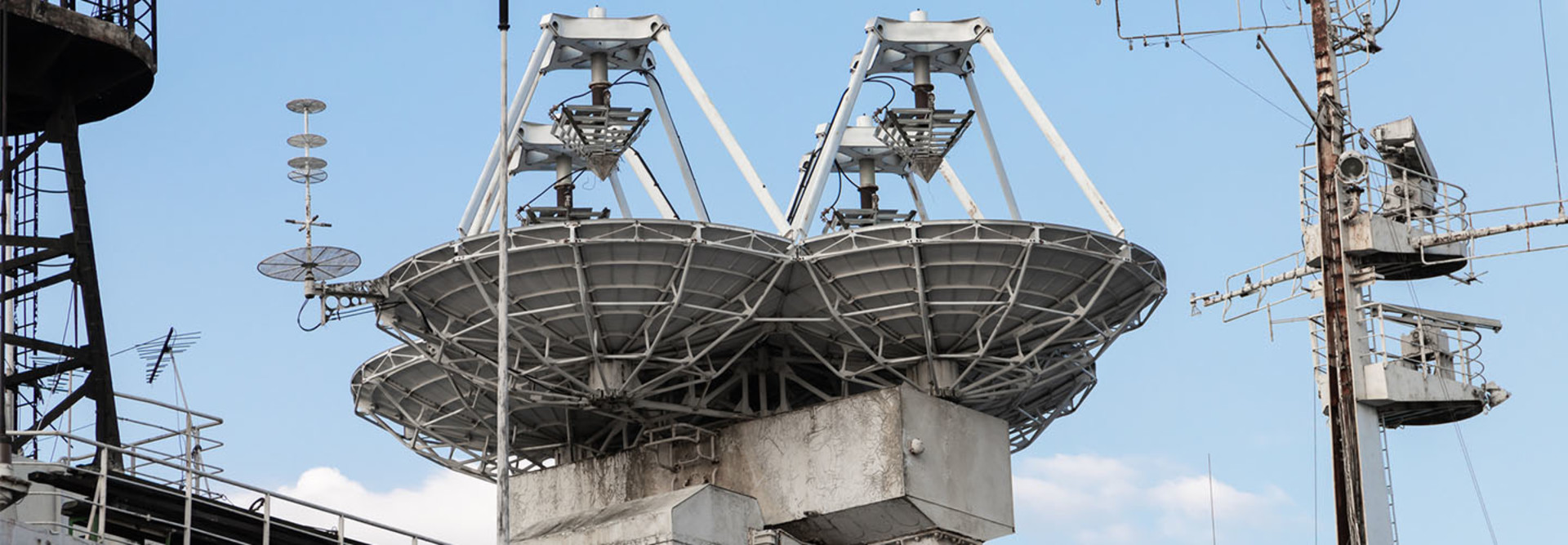The Keys to DOD Satcom Success in Phase I
DOD’s satcom modernization plan should be effective so long as its policymakers maintain open lines of communication with its technologists designing and interconnecting solutions with sensors. Often, government policies and directives wind up being too prohibitive.
The first phase of the ESC-MC plan is establishing initial standards and governance this year, which the DOD should spend identifying where the satcom needs of each branch and warfighters and tactics align. From there, the DOD can begin determining which convergent satcom technologies should be implemented for a unified approach.
The DOD’s plan further lists three imperatives for achieving a mature, effective ESC-MC capability: integrating data management, automating resource allocation and fusing situational awareness. While the maturity of this mission set historically has varied, things are improving through industry partnerships.
Tasking the Command, Control and Communications (C3) Leadership Board with oversight of the plan’s implementation has already improved Pentagon leadership’s situational awareness and decentralized execution.
But the ESC-MC capability also must align with the Chief of Space Operations’ Vision for Satellite Communications, which outlines a single, integrated satcom enterprise leveraging private sector technologies to allow warfighters to transition between networks and terminals to alternate resources with minimal disruption. To that end, the DOD must keep building boards and holding town halls that inform its data standards.
READ MORE: Space Force is increasing cybersecurity protections for satellite constellations.
Industry Partnerships Will Keep the DOD’s Satcom Relevant
Much of the DOD’s domestic and global communications rely on more than a hundred satellites in space from which JADC2 promises to paint a singular picture. For that reason, the Pentagon needs to sustain its low- and medium-Earth-orbit capabilities.
Industry partnerships will be necessary to ensure that JADC2 remains relevant over the next decade by innovating where the DOD is itself limited while still meeting its policy requirements.
For instance, the Defense Information Systems Agency awarded Booz Allen Hamilton a six-month, nearly $7 million contract in January for a prototype of Thunderdome, its zero-trust security architecture. The partnership allows the DOD to rapidly integrate the best zero-trust capabilities available within the Joint Warfighting Cloud Capability, data centers or hybrid environments such as those for ships at sea.
Industry can further help the DOD innovate around satcom in areas such as using spectrum more wisely, encrypting and securing communications, reducing the overhead cost and footprint of new technologies, delayed and intermittent communications, and monitoring and managing warfighters.
The DOD is spending heavily on the cybersecurity of current satcom networks and asking commercial partners to build out secure environments requiring less bandwidth. Cloud computing, artificial intelligence, machine learning and automation all support satellite operation and also shouldn’t be neglected in the broader conversation around satcom.
This article is part of FedTech’s CapITal blog series.












